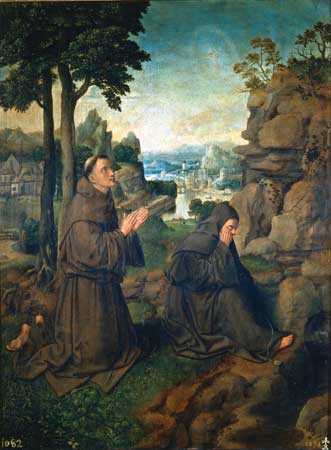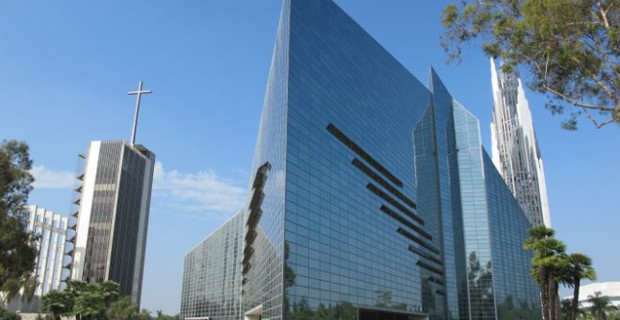BY MATTHEW CULLINAN HOFFMAN
Thu Aug 30, 2012 15:32 EST
Tags: Hate Crimes, Orthodox Church, Pussy Riot, Russia

August 30, 2012, (LifeSiteNews.com) - Russia is reeling in horror as crosses are cut down, relics are stolen from churches, and a mother and daughter are found murdered in their apartment with the words “Free Pussy Riot” scrawled on the wall in what appears to be their blood, following the conviction of the leftist “punk rock” band for an obscenity-laden protest in Moscow’s Christ the Savior Cathedral earlier this month.
The attacks have even spilled over into Ukraine, where the visiting Patriarch of Moscow was attacked and a cross commemorating the victims of communism was chainsawed in broad daylight, in both cases by bare-breasted pro-abortion feminists with “Free Pussy Riot” written on their chests.
“Pussy Riot” supporters have even taken their disruptive “protests” to the Roman Catholic church in western Europe, where a trio dressed up like the punk band was arrested after disrupting mass in Cologne cathedral. The incident follows another in 2011, when a Ukrainian feminist was arrested in St. Peter’s Square for removing her shirt and shouting anti-Catholic slogans in protest of the Church’s condemnation of abortion and homosexual behavior.
The punk rock band and its supporters are open opponents of Christian teaching on the sanctity of human life and the immorality of homosexual behavior, who characterize Christianity as oppressive toward women.

A cross topped over the "Pussy Riot" sentence.
(Click “like” if you want to end abortion! )
Authorities have cautioned that the bloody inscription “Free Pussy Riot” found in the apartment of two murder victims in the city of Kazan may be a diversionary tactic, but also said that there was no clear motive for the killings, which were discovered yesterday by neighbors.
Investigators say the perpetrators appeared to be “psychotic or on drugs,” having stabbed a mother and her daughter many times in a scene that was described as “right out of a horror movie.”
An attorney for “Pussy Riot” denounced the killings as an “abominable and dirty provocation,” calling the perpetrators “b——-ds.” Orthodox Church officials and prosecutors blamed the killings on the precedent set by the band’s protest, for which three of its members have been sentenced to two years in prison.
The Russian news services Interfax and RIA Novosti are also reporting that the body of a man was was discovered today in the hall of an apartment building in St. Petersburg, with numerous stab wounds on his face and an icon on top of the corpse. Further details have not been given by police.
In addition to a cross commemorating the Christian victims of communism chainsawed in Kiev by the Ukrainian group “FEMEN,” earlier this month, four other Russian Orthodox crosses have been destroyed in Russia in recent days, according to Russian media reports.
Orthodox Church representatives say that a wooden cross chopped down in Russia’s Archangelsk region was also erected to commemorate martyrs to the communist regime, which exiled, imprisoned, and killed thousands of Christians and destroyed numerous churches and icons.
In what may be a related attack, several relics were stolen today from the Church of St. Catherine the Great Martyr, as well as a communion chalice and five neck crosses, according to local police, theMoscow Times reported.
Defenders of the Russian Orthodox Church have responded to the attacks by calling for the creation of Orthodox Squads to protect churches from desecrating behavior. Russia Today reports that the proposal is supported by Russian Orthodox and Muslim officials, while the country’s human rights ombudsman has denounced it.
In what may be a related counterattack, Orthodox protesters attacked Moscow’s “Erotic Art” museum yesterday with bricks in their hands, according to a report by Interfax, which cited the museum’s director Alexander Donskoy. He called for an investigation.
A recent poll has found that a majority of Russians (53 percent) believe that the sentence meted out to the “Pussy Riot” trio was “fair,” as opposed to 27 percent who said that it is “not fair.”































